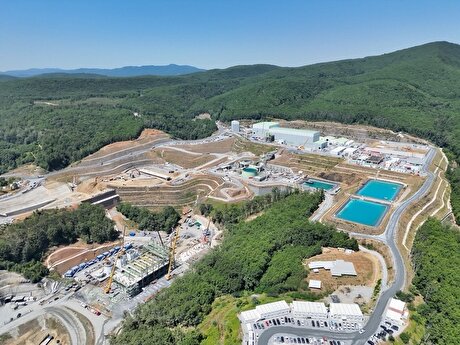
Atlantic LNG: Inter-basin TFDE rate differential widens

West of Suez TFDE rates were assessed at $113,000/d on Friday, unchanged from the previous close but down from their 2019 peak of $145,000/d on 24 October.
Charter rates were still higher in the Atlantic basin with fewer vessels available in the spot market, but increased availability in the Pacific basin has weighed on charter rates in recent days. East of Suez TFDE rates fell to $102,000/d on Friday, from $105,000/d a day earlier and $135,000/d on 24 October.
Firms with long-term charters could still be incentivised to sub-let tankers, given that spot charter rates were holding above $100,000/d, which could further increase vessel availability. But the backwardation in the forward freight curve through to next summer could dissuade firms from pulling long-term chartered vessels into the spot market, market participants said.
A tighter inter-basin arbitrage reducing the incentive for Atlantic-loaded cargoes to be shipped to Asian markets, as well as the eventual delivery of cargoes in November that had slow-sailed or held offshore import terminals, likely weighed on spot charter rates so far this month. October delivered prices at a wide discount to November prices had encouraged firms to delay the delivery of cargoes loaded in September or early October into this month in order to capture the contango, helping to tighten vessel availability in both basins and supporting freight rates.
But the shallower shape of the curve from December-February could provide little incentive for firms to delay deliveries in the coming months. The Argus Gulf Coast (AGC) December fob contract closed at a 35¢/mn Btu discount to the January contract on Friday unchanged from a day earlier.
The AGC fob curve has broadly tracked movements at the Dutch TTF in recent weeks, amid weak prices in Asian delivered markets where little spot demand has emerged. And despite the inter-basin differential widening in recent days, it may still be too narrow to encourage firms with uncommitted US offtake to deliver cargoes to northeast Asia in the coming weeks. The Argus northeast Asian des (ANEA) January price stood at a 65¢/mn Btu premium to the TTF December contract on Friday, in from 80¢/mn Btu a day earlier.
But the continued ramp-up of US LNG exports could boost freight demand given US liquefaction facilities have globally the highest tonnage demand — the number of vessels required to load each million tonnes.
The first train at the 5mn t/yr Freeport LNG facility in Texas was approved to start commercial operations on Thursday, while the second and third train at the project were expected to start commercial service in the second half of January and late April-early May, respectively. And the second train at Cameron LNG was scheduled to start commercial operations in April 2020, with the third train scheduled for July 2020.

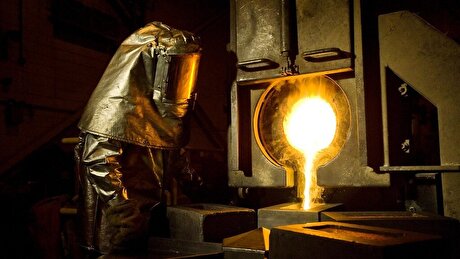
Newmont nets $100M payment related Akyem mine sale

First Quantum scores $1B streaming deal with Royal Gold

Caterpillar sees US tariff hit of up to $1.5 billion this year

Gold price rebounds nearly 2% on US payrolls data

Copper price collapses by 20% as US excludes refined metal from tariffs
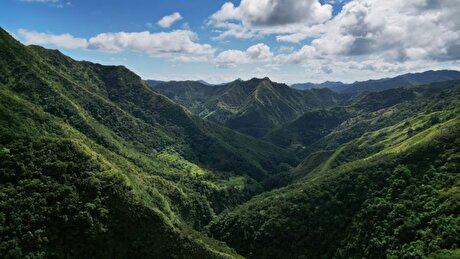
St Augustine PFS confirms ‘world-class’ potential of Kingking project with $4.2B value

B2Gold gets Mali nod to start underground mining at Fekola

Goldman told clients to go long copper a day before price plunge

Copper price posts second weekly drop after Trump’s tariff surprise

Codelco seeks restart at Chilean copper mine after collapse

US slaps tariffs on 1-kg, 100-oz gold bars: Financial Times
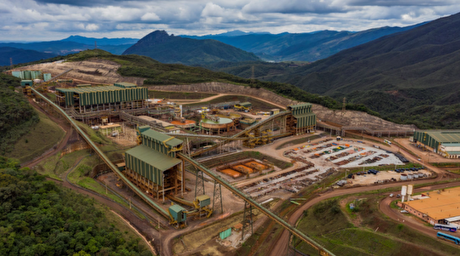
BHP, Vale offer $1.4 billion settlement in UK lawsuit over Brazil dam disaster, FT reports
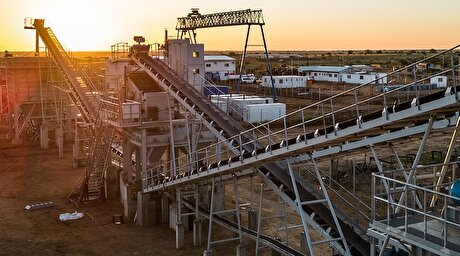
NextSource soars on Mitsubishi Chemical offtake deal

Copper price slips as unwinding of tariff trade boosts LME stockpiles

SAIL Bhilai Steel relies on Danieli proprietary technology to expand plate mill portfolio to higher steel grades

Alba Discloses its Financial Results for the Second Quarter and H1 of 2025
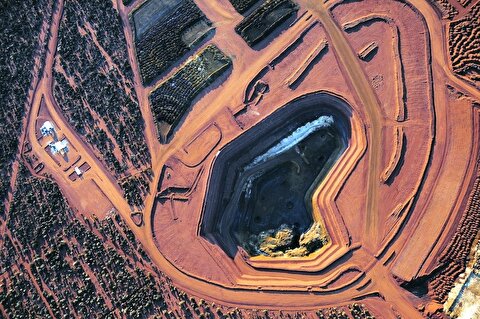
Australia weighs price floor for critical minerals, boosting rare earth miners

Australia pledges $87M to rescue Trafigura’s Nyrstar smelters in critical minerals push

Fresnillo lifts gold forecast on strong first-half surge

US slaps tariffs on 1-kg, 100-oz gold bars: Financial Times

BHP, Vale offer $1.4 billion settlement in UK lawsuit over Brazil dam disaster, FT reports

NextSource soars on Mitsubishi Chemical offtake deal

Copper price slips as unwinding of tariff trade boosts LME stockpiles

SAIL Bhilai Steel relies on Danieli proprietary technology to expand plate mill portfolio to higher steel grades

Alba Discloses its Financial Results for the Second Quarter and H1 of 2025

Australia weighs price floor for critical minerals, boosting rare earth miners

Australia pledges $87M to rescue Trafigura’s Nyrstar smelters in critical minerals push

Fresnillo lifts gold forecast on strong first-half surge














